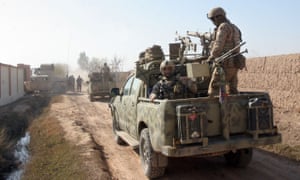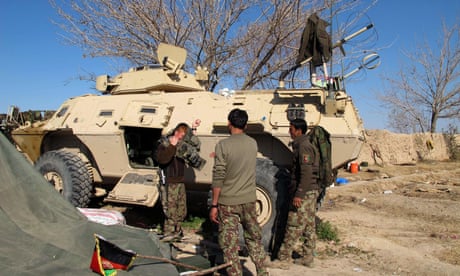http://www.thehindu.com/opinion/interview/interview-with-prof-amartya-sen-national-security-is-one-component-of-human-security/article8022388.ece?homepage=true
December 24, 2015
The Hindu“I am against a situation where the Left cannot think independently because of their obsession with American imperialism… I am in favour of humanity, equity and justice, but also in favour of intelligence…” Photo: V. Sudershan
Nalanda is not a Buddhist university, nor was the old Nalanda. So, had we looked for a monk to run the university, it would have been a mistake — that was not what we were seeking.
Economist and Nobel laureate Amartya Sen’s latest book, The Country of First Boys, is a collection of essays on an array of topics, ranging from development, justice, and education, to calendars, Rabindranath Tagore, and the importance of play. In an interview with The Hindu, Prof. Sen spoke candidly about the need to prioritise human security and not just national security, the controversy that has dogged the Nalanda University, and, drawing inspiration from Adam Smith, the need for an intelligent response to rampant capitalism. Excerpts:
In your book, you speak of the different priorities of human security and national security. Don’t you think national security often becomes an alibi for not spending enough on human security?
Well, there are three things. Firstly, security ultimately is a matter in which the leading concern should be around human life. So if we are speaking of security, it has to be human security. Since this also means security from external threats and violence, what we call national security is only one of the constituent factors in human security.
Secondly, it is true that in the name of national security, resources are often not allocated to things on which human security depends, such as education, health care, and a social safety net. And sometimes, national security in the political context seems like a barrier rather than a component to fostering human security. But at the same time, when we consider reducing the budget for national security, we also have to think of the other implications. There’s no reason why there should be a conflict between the two.
Thirdly, the neglect of education, health care, and social safety net has been so foundational in India, so deeply rooted in the class structure of the society, that to blame it all on national security would be a mistake.




 photo credit: Where we’re going, we don’t need roads.
photo credit: Where we’re going, we don’t need roads. 